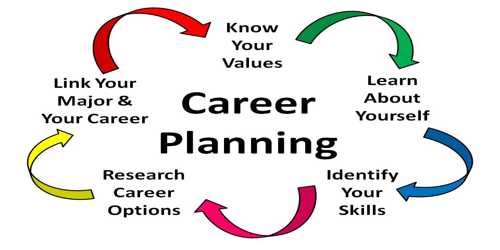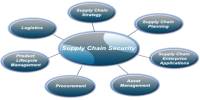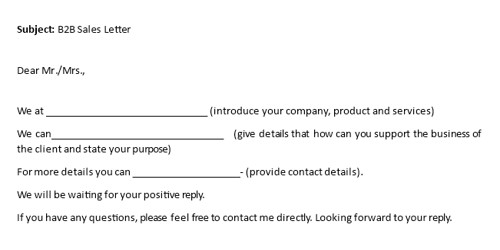Career Planning Strategy
A career may be defined as ‘a sequence of jobs that constitute what a person does for a living’. Career planning is a process by which one selects career goals and the path to those goals. It involves a clear selection of career goals and career paths. Career planning encourages individuals to explore and gather information, which enables them to synthesize, gain competencies, make decisions, set goals, and take action. It is a crucial phase of human resource development that helps the employees in making the strategy for work-life balance.
Career planning is a continuous and career-long process of; considering your interests, values, and skills; exploring what work and learning options are available to you; making sure that your work suits your personal circumstances; and continually fine-tuning your learning plans and work options to enable you to manage changes in your life and work.
A great career strategy relies on strong foundations
The form of your career strategy will depend on the kind of person you are. It may be very structured, or you may just need a few notes in each area – such as knowledge, skills and qualities, what you like doing and the type of jobs that interest you.
Step 1: Self-assessment helps you understand your personal and career goals, your interests, preferences, strengths, and weaknesses.
Step 2: Consider your career options and identify which available roles fit your interests and abilities.
Step 3: Decide on your career goals
Step 4: Develop and implement a career strategy
Step 5: Review and adjust your career strategy
Step 1 Self-assessment
Life values
Consider what is important to you. We all have different values, needs, and motivations. Our work takes up a significant part of our day – usually a third or more – and has a significant impact on other aspects of our life, including our sense of self-worth and well-being. This is why it is very important to carefully consider your values and needs when planning your career direction and developing your career strategy.
Use these exercises to help you establish your life values:
- career planning chart
- examining life values
- career/life planning timeline.
- general requirements of a job.
These exercises will help you decide your essential and preferred job requirements:
- where am I right now?
- motivated abilities patterns
- career questions.
- Skills, knowledge and personal qualities
It is important to understand your skills, knowledge and personal qualities so you can match them to jobs you would like to do. This will also help you identify the knowledge and skills you might need to acquire or the personal qualities you might need, to achieve your career goals. An accurate and realistic assessment of these things is vital to an achievable career strategy. This kind of understanding is a powerful aid when selling yourself for potential jobs. It will also boost your self-esteem and confidence.
Try to think of your skills in terms of those that are transferable and those that are specialized. Think about how the skills you use in one job could be used or adapted elsewhere. A smart career strategy needs to be flexible and adaptable. So describe your skills in a way that makes them applicable to the widest range of situations.
Career planning barriers
Despite working hard on your career strategy, you might sometimes come up against obstacles or hindrances you were unaware of or had not considered. The ‘Examining the barriers using force field analysis’ exercise will help you to explore those obstacles.
Step 2 Consider the options
Often, the most difficult part of career strategy and planning is finding out what jobs are likely to suit you best. The good news is your choice might be wider than you had realized. It’s important to consider each of the options against your values and preferences.
Step 3 Decide on your goals
Now it is time to make some decisions. Carefully consider the information you have gathered. If you have completed the ‘career/life planning timeline’, you might have already decided on your career goals (the cornerstone of career strategy) and be ready to enter them on your career planning chart.
If you are yet to decide on your career goals, or you want to revise them, start by considering your career goals for the next two years. What do you want to be doing in two years’ time? What about five and ten years’ time? This kind of thinking helps break down big picture career strategy and planning into manageable pieces.
Step 4 Develop and implement your career strategy
Now you have decided on your goals, you can develop an action plan to help you put your career strategy into action. Remember, planning will increase the likelihood of success, but it’s important to remain flexible and open-minded. You might have a couple of choices that interest you so take opportunities to prepare for both.
Step 5 Review and adjust your plan
Career planning is a way of making the best use of your current situation and foreseeable opportunities. Given that unpredictable events and changes can occur over time, view your plan as a guide and allow space for adjustments and changes to your approach.
Draw on your experiences at work to help you achieve your goals. You will generally find it helpful to revisit your plan each year. Remember, the career strategy you put in place at one stage of your life may not be relevant once you have achieved certain goals and experienced other job and life events.
Information Source:
















